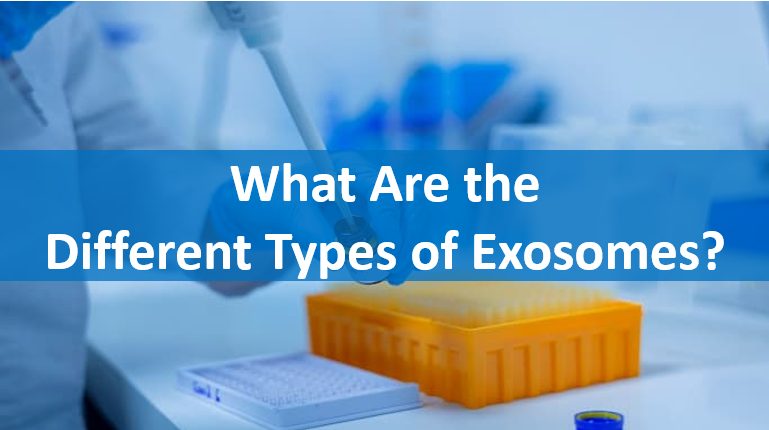
- HOME
- Cosmetic OEM Lab
What is exosome skincare
Do Exosome Skincare Products Really Work?
In the fast-paced world of beauty and cosmetics, innovation is constant—but every so often, a breakthrough emerges that redefines the industry. Enter exosome skincare, a game-changing advancement that promises repair and rejuvenation from the cellular level. As more skincare enthusiasts and professionals begin to embrace this powerful technology, exosomes are quickly becoming the buzzword on every beauty insider’s lips.
But what exactly are exosomes, and how do they contribute to healthier, more radiant skin? In this article, we’ll dive deep into the science behind exosome skincare, explore their benefits, understand the different types, and uncover why this cellular-level approach is the future of skin regeneration.

The concept of using cell-derived components for healing and rejuvenation isn’t new. However, the use of exosomes—tiny messengers released by cells—is revolutionizing the way we think about skin repair and anti-aging.
Exosomes are nano-sized extracellular vesicles—essentially tiny bubbles—secreted by various types of cells in the body, including stem cells. They carry a rich cargo of proteins, lipids, RNA, and growth factors that play a crucial role in cell-to-cell communication.
Think of exosomes as biological delivery systems. They don’t replicate like cells, but they act as messengers, transferring signals and genetic information that influence how surrounding cells behave.
When applied topically through skincare products, exosomes interact with your skin cells at a microscopic, molecular level. They deliver active biological signals that instruct cells to regenerate, repair, and improve their function.
This isn’t just surface-level hydration. Exosomes help reprogram damaged cells, stimulate collagen production, and accelerate healing by mimicking the skin’s natural regenerative processes. The result? Skin that not only looks younger but is healthier from the inside out.

As more clinical studies emerge, the benefits of exosome-based skincare are becoming increasingly clear. These aren’t just trendy ingredients—they’re supported by science and real-world results.
One of the most exciting benefits of exosome skincare is its ability to rejuvenate tired, aging skin. By delivering growth factors and proteins directly to skin cells, exosomes stimulate cellular turnover, improve hydration levels, and increase elasticity. Over time, this results in a brighter, firmer, and more youthful-looking complexion.
Unlike traditional anti-aging creams that sit on the skin’s surface, exosomes work deep within the dermis, targeting the root causes of aging rather than simply masking them.
Exosomes were first studied for their wound-healing properties in regenerative medicine, and this healing ability is being harnessed in cosmetic skincare as well. Clinical evidence shows that exosomes can accelerate skin repair, reduce inflammation, and improve recovery after cosmetic procedures such as microneedling, laser treatments, and chemical peels.
This makes exosome serums and creams excellent post-treatment options for faster recovery and less downtime.
Collagen is the key structural protein that keeps our skin plump and smooth—but collagen production naturally declines with age. Exosomes, especially those derived from mesenchymal stem cells, have been shown to stimulate fibroblasts, the cells responsible for collagen synthesis.
With regular use, exosome-based skincare can help restore skin density and reduce the appearance of fine lines and wrinkles, making it a must-have in any anti-aging regimen.
Uneven skin tone, rough texture, and hyperpigmentation are common skin concerns that can be difficult to treat. Exosomes offer a multi-targeted approach by reducing oxidative stress, improving cellular communication, and promoting healthy melanin regulation.
This results in smoother skin, fewer dark spots, and an overall refreshed, glowing appearance—without harsh exfoliants or lightening agents.
Understandably, many consumers wonder about the safety of introducing such advanced biological components into their skincare routine. The good news? Exosomes used in cosmetics are highly purified and tested for safety and stability.
Many are derived from human stem cells, bovine sources, or even plant cells, depending on the formulation. As with any skincare product, it’s important to choose reputable brands that provide clinical testing and third-party certifications.
When used appropriately, exosomes have a low risk of adverse reactions, making them suitable even for sensitive skin types.

As exosome technology grows, so does our understanding of their variety, origin, and specific applications in skincare.
Exosomes can be classified based on their size, surface markers, and cellular origin. However, in the context of skincare, the most important differentiation is the source of the exosome—as this determines the kind of bioactive materials they carry.
Some common types used in cosmetic applications include:
Most skincare products source exosomes from human stem cells (especially adipose or bone marrow-derived), which are lab-cultured in sterile, controlled environments. These are ethically sourced and extensively filtered to ensure purity and safety.
Alternatively, plant-based exosomes—extracted from green tea, aloe vera, or ginseng—are gaining popularity for their antioxidant-rich profiles, especially in K-beauty formulations.
In addition to anti-aging and skin repair, exosomes are being used in skincare for:
They’re also commonly found in high-end serums, creams, ampoules, and facial treatments at dermatology clinics and luxury spas.

Exosome skincare represents a bold leap forward in the quest for ageless, healthy skin. With the ability to repair at a cellular level, promote natural healing, and restore youthful vibrancy, exosomes are no longer just a futuristic concept—they’re here, and they’re transforming the skincare landscape.
Whether you’re dealing with aging skin, post-procedure recovery, or looking to supercharge your skincare routine with science-backed innovation, exosome-based products offer a powerful, non-invasive solution. As more research emerges and more brands adopt this technology, one thing is clear: the future of skincare is microscopic, and it’s powered by exosomes.
For further information, please contact us.